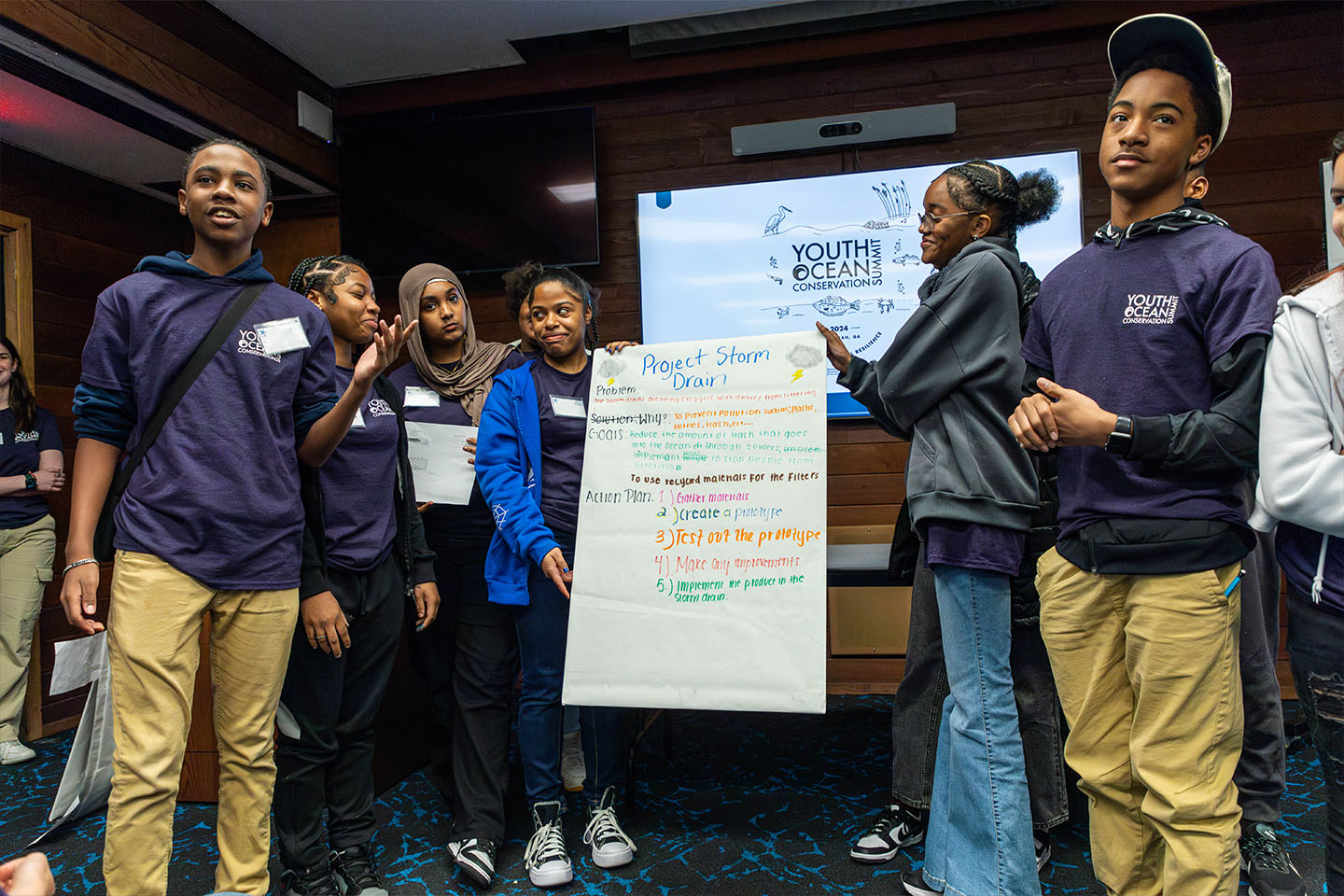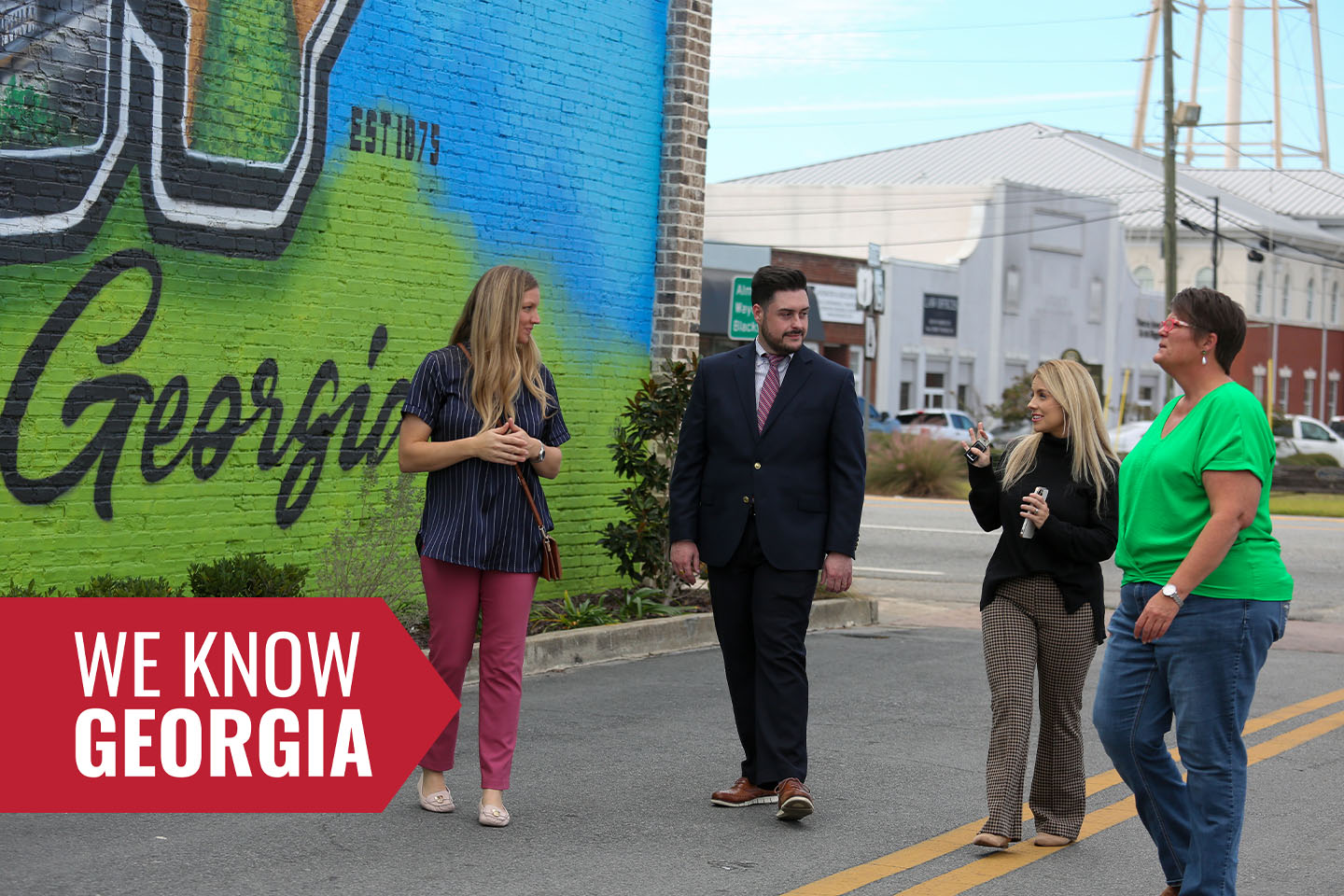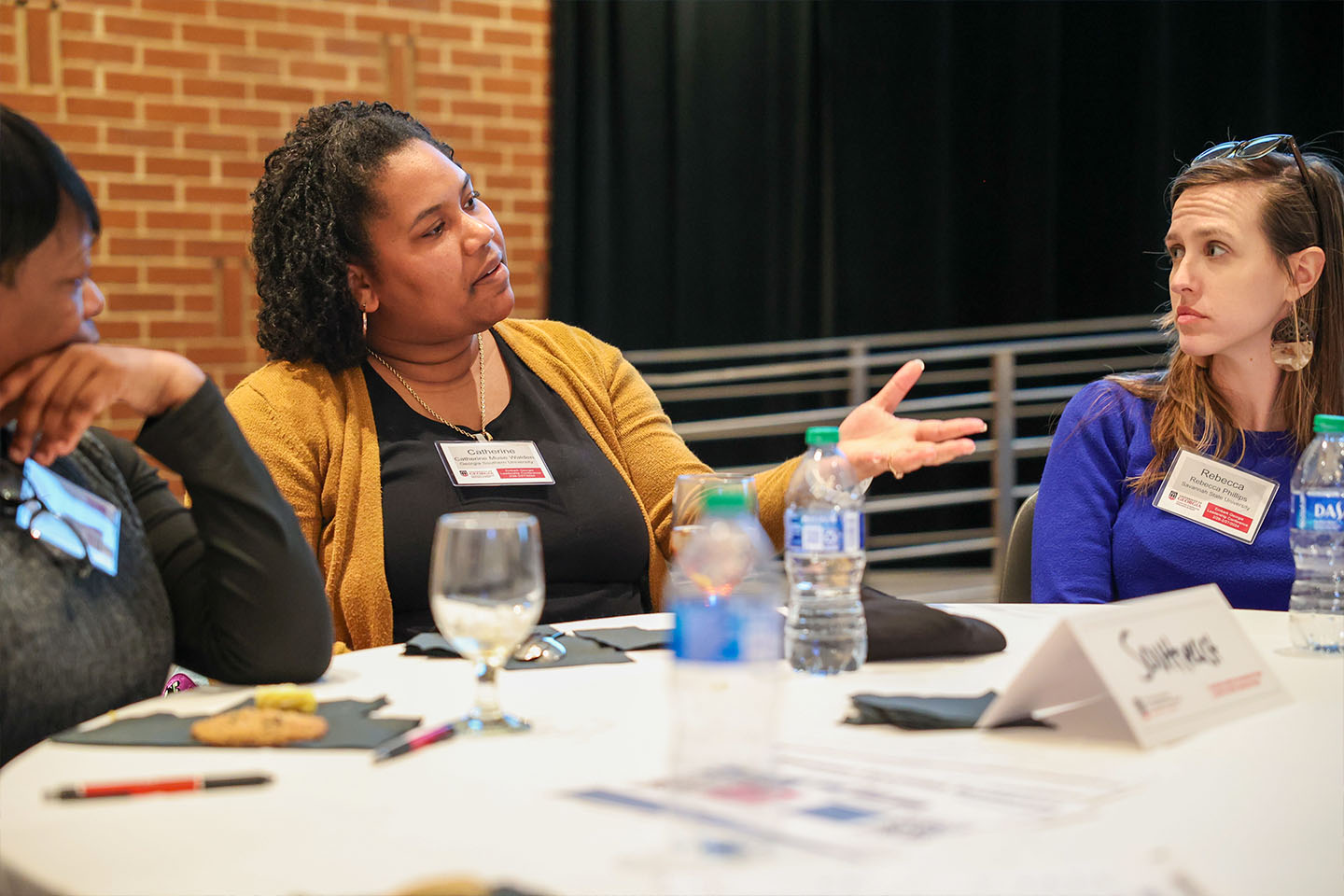Whether you buy fresh fish from the local market or order oysters on the half-shell in a restaurant, you can be sure that your seafood has been handled safely from the dock to the table.
That’s because UGA Marine Extension and Georgia Sea Grant provides government-mandated training to everyone in the seafood industry in Georgia, to keep consumers from getting sick.
The Hazard Analysis Critical Control Point (HACCP) helps seafood professionals learn to spot potential hazards from the time the seafood enters the state until it is put on the table.
“HACCP training teaches (them) how to proactively identify potential biological, chemical, physical, and other food safety hazards to protect their products, company reputation, customers, and ultimately, consumers,” says Stivers.
Stivers, the only seafood specialist in Georgia to offer the training to the general public, held a recent course at the Marine Extension and Georgia Sea Grant base in Brunswick, Ga. About 40 food industry professionals attended, including quality assurance and production personnel at seafood companies, retail employees and managers, and even federal and state food safety regulators, who inspect facilities that process or store seafood.
“This course guides our company’s seafood production process, says Casey Hulett, quality assurance supervisor at King and Prince Seafood Corporation in Brunswick. “At King and Prince, we take pride in not only producing the best quality product but also ensuring that the consumer receives the safest food out there. This training will help me become more of an asset to our company and the HACCP team.”
Marine Extension and Georgia Sea Grant has provided training to seafood industry personnel on the east coast since the U.S. Food and Drug Administration (FDA) and the U.S. Department of Agriculture implemented the HACCP regulation in 1987.
During the three-day training, Stivers and other instructors from the FDA and the Georgia Department of Agriculture educated participants about the principles of HACCP, taught them how to identify species and process-related food safety hazards and determine critical points in their process where hazards can be controlled.
Group breakout sessions allowed participants to conduct a hazard analysis and develop a mock plan that delineates procedures to prevent and eliminate significant hazards or reduce them to acceptable risk levels, and ensure the product is safe for consumers.
Improvements in seafood safety mean higher quality products for consumers across the country. The U.S. Department of Health and Human Services estimates that the HACCP program has prevented between 20,000 and 60,000 seafood-related illnesses a year, translating into savings of about $155 million annually.
According to the National Oceanic and Atmospheric Administration, the United States is the third largest consumer of seafood in the world, eating more than 4.6 billion pounds in 2013, roughly 14.5 pounds per person.




